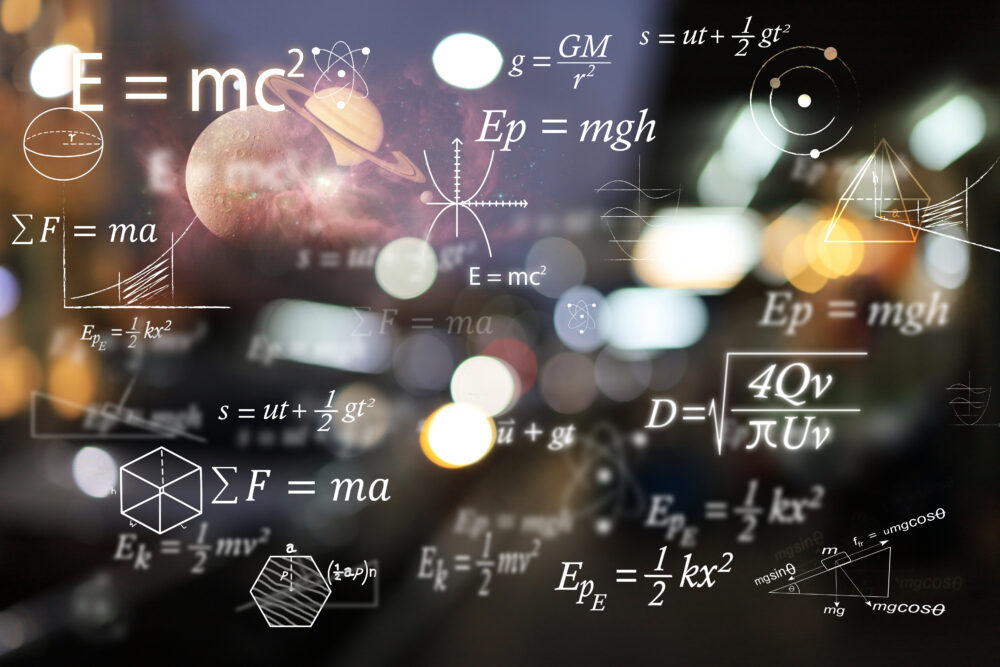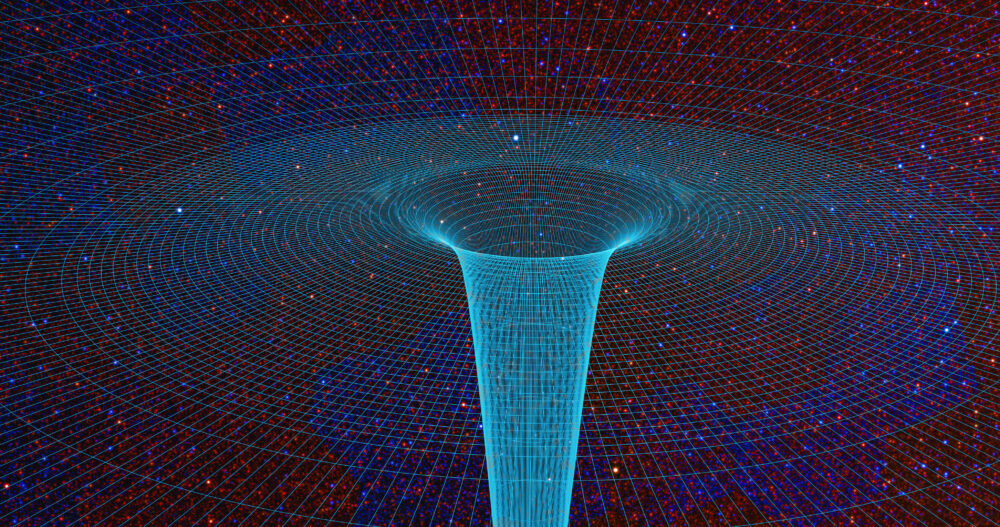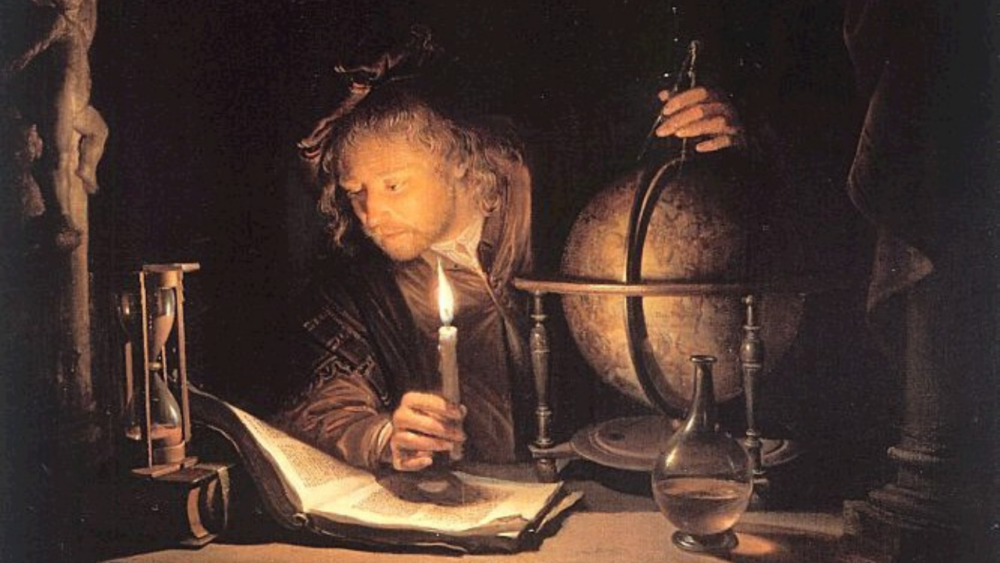
ID the Future
Intelligent Design, Evolution, and Science Podcast

Latest Episodes

My Atmospheric Science Adventures at Mauna Loa Observatory
- 1999
- Forrest M. Mims III
- December 30, 2024

Walt Disney’s Views on Evolution
- 1998
- John G. West
- December 27, 2024

McLatchie: Intelligent Design in the Eukaryotic Cell Cycle
- 1997
- Jonathan McLatchie
- December 23, 2024

Physicist Eric Hedin: Information, Entropy, First Life
- 1996
- Eric Hedin
- December 20, 2024

Stephen Meyer: Do Miracles Violate the Laws of Physics?
- 1995
- Stephen C. Meyer
- December 18, 2024

Stephen Meyer: Can There Be a Theory of Everything?
- 1994
- Stephen C. Meyer
- December 16, 2024

Physicist Eric Hedin Talks Entropy and the Origin of Life
- 1993
- Eric Hedin
- December 13, 2024

Stephen Meyer: Did Belief in God Make Modern Science Possible?
- 1992
- Stephen C. Meyer
- December 11, 2024

How to Make a Bayesian Inference to the Best Explanation
- 1991
- Timothy McGrew
- December 9, 2024
Topics
__edited __repeat Intelligent Design Evolution Darwinism Materialism Charles Darwin Neo-Darwinism Natural Selection origin of life Atheism irreducible complexity abiogenesis Theism biology DNA theistic evolution fine tuning Richard Dawkins Darwinian Evolution Scientism Big Bang Casey Luskin Darwin fine-tuning Biological Information evolutionary theory common descent teleology Science and faith God engineering Michael Behe science education methodological naturalism Junk DNA genetics William Dembski Proteins Academic Freedom Naturalism Cambrian Explosion cosmology multiverse Christianity philosophy of science scientific racism human exceptionalism Fossil Record Molecular Machines C.S. Lewis scientific revolution Darwin Devolves human origins Science Philosophy information human evolution Eugenics Francis Collins purpose Aristotle Stephen Meyer devolution Kitzmiller v. Dover Featured chemical evolution __video-only Stephen C. Meyer history of science Brian Miller physics Alfred Russell Wallace genetic information specified complexity astronomy philosophical materialism Microevolution Jerry Coyne Icons of Evolution systems biology Theology Eric Metaxas entropy Darwin's Doubt Teach the Controversy mathematics macroevolution Ethics scientific Materialism agnosticism Albert Einstein Fred Hoyle science and religion Religion Privileged Planet Phillip Johnson Guillermo Gonzalez Free Will Evolutionary BiologyNews
Podcast coverage and related news from Evolution News.

Information, Entropy, and the First Life
- Andrew McDiarmid
- December 23, 2024
- 1
- Physics, Earth & Space

Do Miracles Violate the Laws of Physics?
- Andrew McDiarmid
- December 21, 2024
- 2
- Faith & Science

Meyer: Can There Be a Theory of Everything?
- Andrew McDiarmid
- December 16, 2024
- 1
- Intelligent Design

Physicist Eric Hedin on Entropy and the Origin of Life
- Evolution News
- December 13, 2024
- 1
- Evolution

Stephen Meyer: Did Belief in God Make Modern Science Possible?
- Andrew McDiarmid
- December 11, 2024
- 2
- Faith & Science

The Universal Optimal Design of Vertebrate Limbs
- Andrew McDiarmid
- December 4, 2024
- 2
- Intelligent Design

New Study Triggers Key Origin of Life Questions
- Andrew McDiarmid
- December 3, 2024
- 2
- Intelligent Design

Father Martin Hilbert on Darwinism’s Fatal Flaws
- Andrew McDiarmid
- December 2, 2024
- 2
- Faith & Science

A Catholic Case for Intelligent Design
- Andrew McDiarmid
- November 30, 2024
- 2
- Faith & Science

New Graphic Novel: Three Lines of Evidence for God
- Andrew McDiarmid
- November 23, 2024
- 2
- Faith & Science
